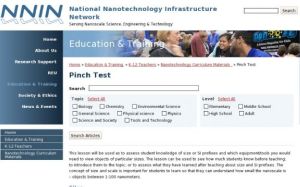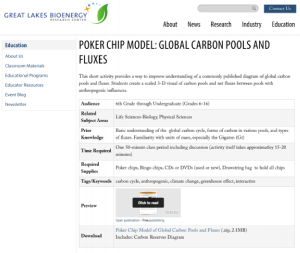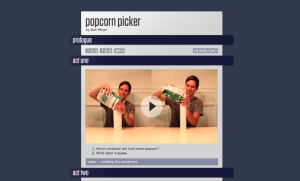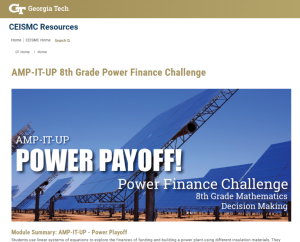Browse Resources
Instructional Material -- Activity
Resources | |
|---|---|
This interactive presentation, created by Terry Bartelt for the Electromechanical Digital Library, discusses phase splitting in single-phase motors. Bartelt begins with a discussion of the sine waves that starts this process. After this important introduction, the author allows the student to...
Module Description:
This learning module, from Support Center for Microsystems Education (SCME), "provides an overview of the most common photolithography process used in the fabrication of microelectromechanical systems (MEMS), photolithography terminology and basic concepts." These concepts are...
This 6-page resource, from the STEM Guitar Project, is an activity on the physics of music waves. "This activity will help the student understand how the tension of vibrating components and the length of vibrating components on a stringed instrument affect the instrument's pitch." Students will also...
This lesson, presented by the National Nanotechnology Infrastructure Network, covers the general concepts of size or SI prefixes. Students will study what equipment or tools a person would need to view objects of particular sizes. The less can be used in multiple ways including "to see how much...
This lesson plan, from the Contextualize to Learn project at the University of Wisconsin-Madison, is an exploration done with base-ten blocks. In this activity, students are paired up and work with base-ten blocks to show that the four digits of a four-digit natural number represents amounts of...
In this media-rich, self-paced lesson, students explore the range of industries that produce and rely on advanced technology and learn how their skills and interests may align with career opportunities in this cutting-edge sector. The lesson contains videos that feature professionals describing...
In this activity, students will gain an "understanding of a commonly published diagram of global carbon pools and fluxes. Students create a scaled 3-D visual of carbon pools and net fluxes between pools with anthropogenic influences." Targeted at middle school through undergraduate students (grades...
This webpage features a 3 act math task by Dan Meyer. During this lesson, Meyer takes a piece of paper and make two different cylinders. Meyers tests which cylinder will hold more popcorn. The lesson includes two videos and a number of questions related to the volume of a cylinder. The following is...
This resource, published by Georgia Tech Research Institute, features a mathematics and finance activity designed for eighth graders. In this activity, "students use linear systems of equations to explore the finances of funding and building a power plant using different insulation materials."...
This page, made available by the International Society for Optical Engineering (SPIE), contains information – and related lesson plans – on Hands-On Optics | Practical Optics and Photonics Education Tools. "Hands-On Optics was a four-year informal science education funded by the National Science...
| |
| ← Previous | Next → |









